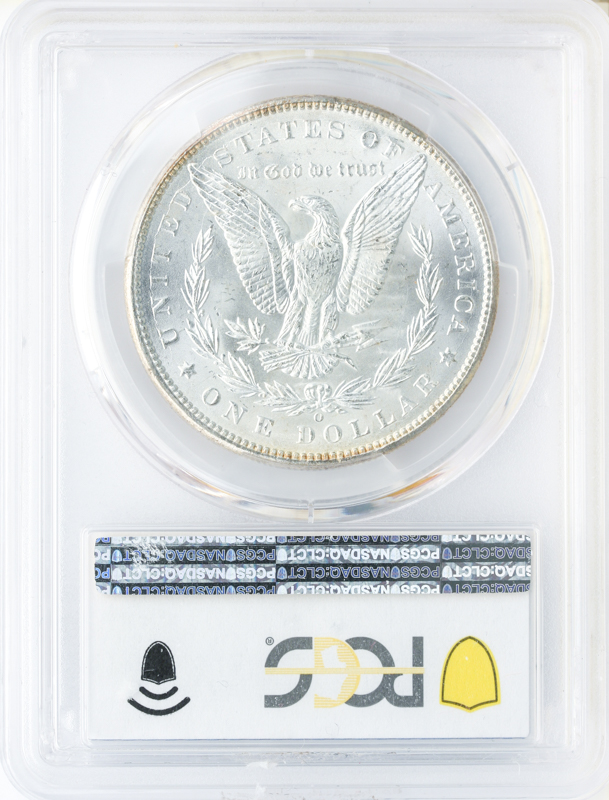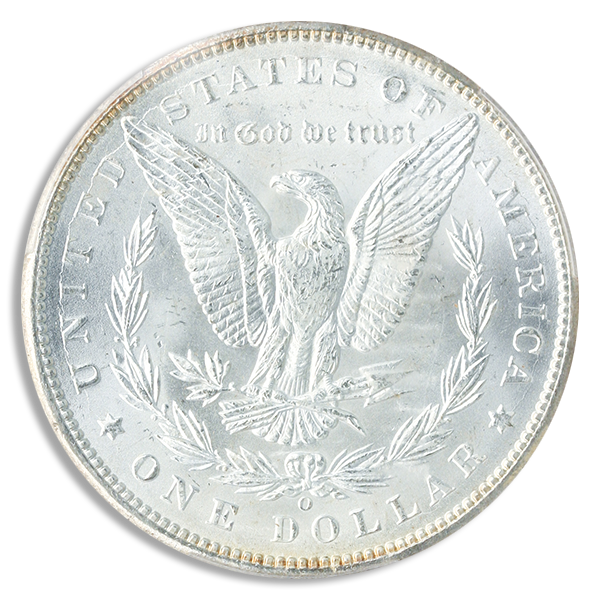Morgan $1 Certified MS67 (Date/Types Vary)









| The 1873 economic downturn in the U.S. — the “Panic of 1873” — led to the collapse of major banks and plunged the nation into a depression. The subsequent Coinage Act of 1873, which upheld the gold standard and demonetized silver, sparked outrage among silver miners who pushed for the reinstatement of the silver standard. The response came in 1878 with the introduction of the Bland-Allison Act, which mandated the Treasury Secretary to purchase a fixed amount of silver bullion each month for coinage, even as silver's market value declined, at times making the metal worth less than the coins’ face value. President Rutherford B. Hayes vetoed the Bland-Allison Act on February 28, 1878 due to concerns about the bill’s potential to undermine public credit and contractual obligations under the gold standard. Hayes also argued that the bill inflated the value of silver coins by 8 to 10%. Congress overrode his veto. To use all that silver, the Mint started work on a new silver dollar. The designer, George T. Morgan, modeled the obverse of the coin, featuring Lady Liberty, on his acquaintance Anna Willess Williams, portraying her with a Phrygian cap to symbolize freedom. The reverse design, which depicted an eagle with wings spread, initially featured eight tail feathers — a departure from the traditional seven — and caused some controversy. Critics dubbed it the “buzzard dollar” due to the perceived scrawniness of the eagle. Eventually, the design was modified to include only seven tail feathers, though some eight-feather coins remained in circulation. The Morgan Silver Dollar, initially termed the "Bland" dollar, was minted from 1878 until 1904, with over half a billion coins produced. However, the Pittman Act later resulted in the melting of more than 270 million coins, primarily Morgan Dollars. Collecting Morgan dollars started gaining popularity immediately after their release and has only increased since. This specimen is certified MS67. In other words, it’s in superbly preserved condition and will be a highly valuable piece for collectors. |






 Quick View
Quick View





